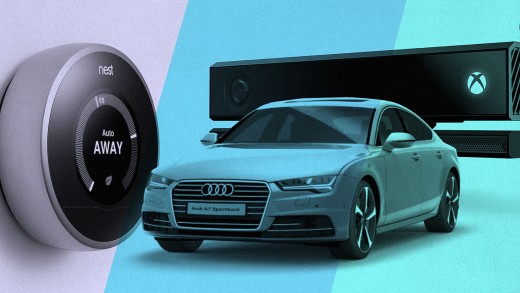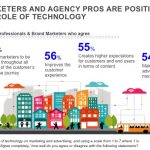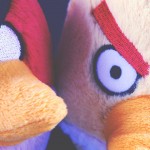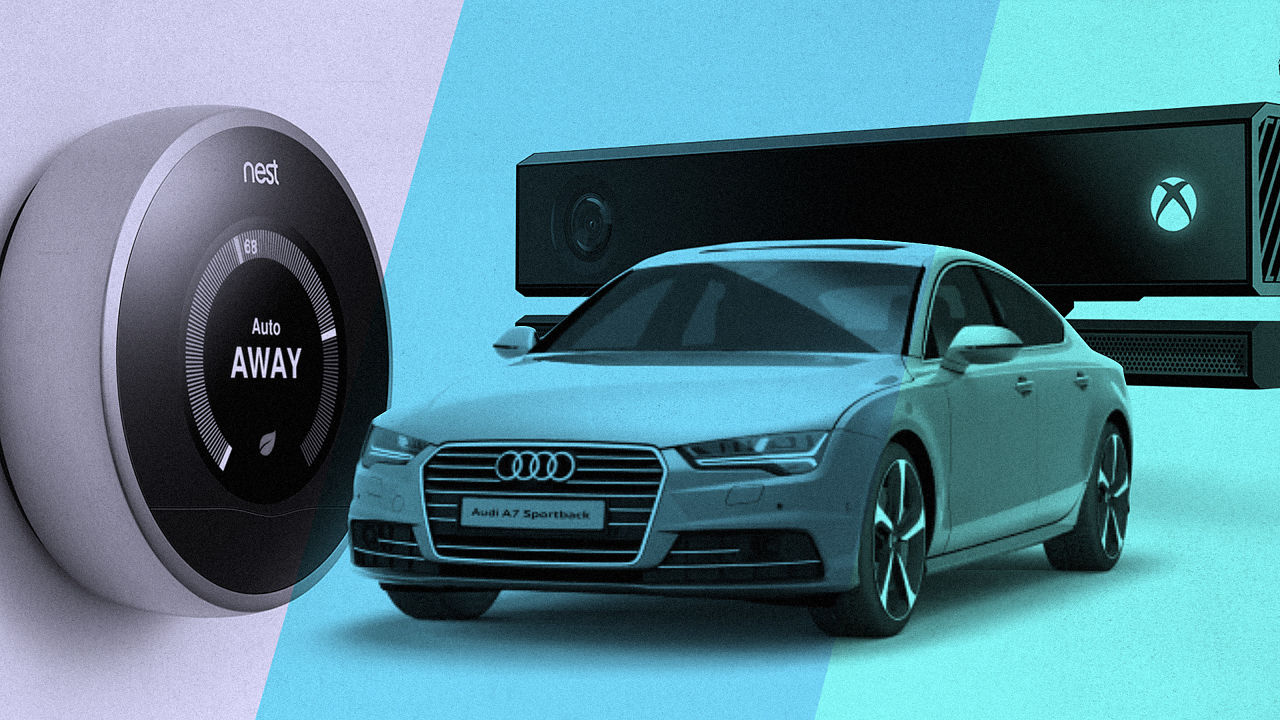word to Designers: forget Wearables, sort out Senseables
Ravi Sawney, CEO of RKS, calls on designers to take into consideration the following stage of non-public expertise.
April 22, 2015
Let’s face it: the concept that behind wearables—amassing data on oneself—is something individuals have sought for generations. French philosopher Michel Foucault, as an example, points to the traditional technological building of the hypomnema, a collection of writings one would keep on issues one learn, heard, saw, or notion throughout the day, which would then be reread in an effort to higher hook up with each the world and to, neatly, oneself. As Foucault explains, “There was once a tradition of what might be known as private writing…which must be reread every now and then in an effort to re-actualize their contents.”
So within the custom of hypnomnema, wearables in their current kind, creeping up our hands from wrist to elbow, are simply the flavor of the month.
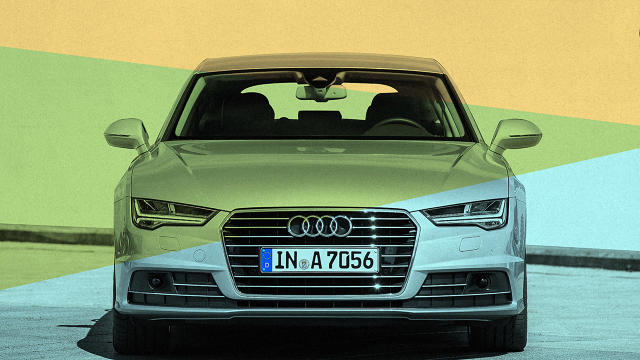
For essentially the most part, wearables proceed to fall into the classes of either fitness monitoring (Jawbone, Fitbit, Band) or smartwatch (gear, Apple Watch). but a third of customers cease the use of health trackers after simply six months, and half of of owners not use their gadgets at all. That factors to something fundamentally improper with the entire perception of wearables.
What in point of fact unites and excites folks about wearable tech is not its “wearability,” but its collective purpose: to enable the gathering of knowledge to be able to create a greater, more complete self. This goes manner past knowing what number of steps one took in a day, or how many calories one consumed. it’s about figuring out—with a technological help so one can do the “figuring out” for you—every moment of 1’s day, every notion one had, each individual one handed, every room one entered, and each emotion one felt. The intention is to take this knowledge and then leverage it to let multiplied experiences and productivity.
And that’s where wearables fall brief.
The evolution of technologies of the self moves alongside two axes: the scale of data collection and the seamlessness of data assortment and use. A hypnomnema, little more than a glorified computing device, provided little of both. Wearables routinely acquire very massive amounts of information, e.g. steps taken, and are reasonably seamless in how they go about amassing it. however, they fail in the case of deciphering the info—that job, for essentially the most part, is still the burden of the consumer.
As tech writer Richie Etwaru has pointed out, we wish to shift the focal point from wearables to “senseables.” These are sensors embedded during an environment or ecosystem that offer customers with an expanded experience so seamlessly intertwined with their lifestyle that they don’t realize they’re part of it except it’s already underway. Senseables are, in essence, gadgets that permit the merging of self, the sector, and knowledge about one’s position in that world.
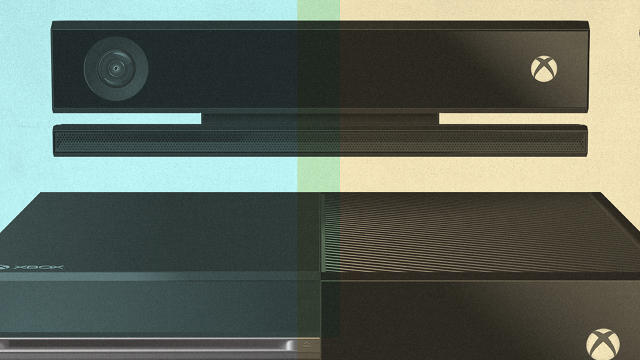
An instance of an current senseables answer is one developed with the aid of carmaker Audi. In Audi’s Pre-feel, quite a lot of sensors are embedded within a automobile to measure thoughts, body language, and involuntary reactions. this knowledge is then used to mechanically alter safety mechanisms throughout the automobile. Sensors note when a driver is distracted and robotically guarantee that the driver does not go with the flow into an adjacent lane.
On a non-public scale, imagine what a fitness senseable might look like. it would seize the identical more or less information wearables gather, however accomplish that invisibly and then render the info right away usable having interpreted it to your current non-public prerequisites. imagine stepping into a fitness center that straight away recognizes who you are, your well being standing and in addition remembers the efficiency of every exercise you’ve ever performed there so as to serve up a customized exercise only for that seek advice from.
when you step on the treadmill, speed and distance immediately regulate to your own settings, in accordance with your desired purpose in addition to your previous and projected performance. Get on the burden desktop and have it push you to your projected max. Then, in response to what number of energy you simply burned, have a customized meal plan for the subsequent 24 hours delivered to your smartphone. a better you, guaranteed in eight-12 weeks.
but fitness is in point of fact just the tip of the iceberg for the forms of personal experiences that senseables will permit. within the leisure realm, content material will follow you all over the place, serving up exactly what you want when you want it on each device. Feeling sad? your own home already is aware of through infrared body sensors and informs your television, which in flip recommends your favorite comedy. When distracting quotidian choices are removed due to sensors, consider how our minds will be freed up—fewer petty worries and issues will put us on the monitor to turning into more fit and happier folks.

The senseables revolution has already begun, and designers need to get on board. From the sensors embedded in the Nest thermostat platform, which routinely regulate the temperature when particular events in the environment are detected, to the Xbox One’s personalization via speedy acceptance of the user (and his or her preferences) thru a in-built digicam, sensory environments are right here. What currently stands in the way in which of taking wearables and all different sensor-based units to the subsequent level isn’t technological obstacles, but the limits of our personal imaginations.
your next step within the lengthy evolution of technologies of the self requires designers to take the initiative and design intuitive, intelligent, devoted, and noninvasive experiences for these units. In doing so, we can reach far past wearables and right into a future the place small, friction-crammed selections develop into invisible. Designers, begin fascinated with senseables now.
fast company , learn Full Story
(142)

